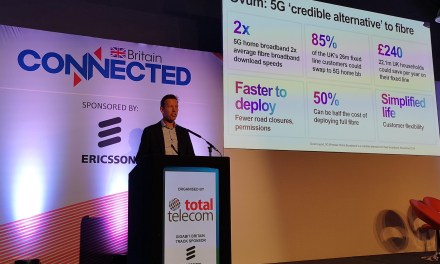News
The FCC requirements are intended to increase transparency and help close the digital divide.
Beginning today, April 10, most ISPs will be required to publish ‘nutrition’ style consumer labels for fixed and wireless broadband plans. Under new Federal Communications Commission (FCC) rules, these labels must include easy-to-read information about monthly pricing, upload and download speeds and links to privacy policies and network management practices.
ISPs with over 100,000 subscribers are required to display labels from April 10, while providers under this subscriber threshold will have until October 10. The labels must be available at points of sale, including ISP websites and any physical storefronts.
Providers who offer fixed and wireless plans must have a label for each service plan they offer. This poses a significant administrative challenge to ISPs, particularly those with a large number of physical stores. If there are any changes to a plan – such as price or speed – the ISP is required to update consumer labels online and in-store.
Bryan Darr, VP of Government Affairs at Ookla, told Fierce Network that Ookla plans to provide ISPs the option to use its data to validate the claims they make on speeds and latency.
Darr also mentioned a further “complication” in the FCC requirements. ISPs have to publish their “typical” upload/download speeds and latency figures, but the FCC has provided no definition of typical. The speed and latency people experience on their connected devices can often be significantly different to what is delivered to their address, which Darr claims poses a considerable risk to operators.
It seems that the greatest benefit will likely be to consumers who are not happy with their service. Due to significant switching costs, the new labels are unlikely to create a large uptick in churn in the market.
However, the provision of transparent data is a key part of closing the digital divide. It is essential for consumers to understand how affordable service actually is – the labels require providers to disclose clearly whether the rate advertised is an introductory rate and, if so, how much the price will increase after the introductory period.
The labels are also crucial for researchers to assess broadband offerings and for state officials to work with operators and comply with federal affordability targets.
If a provider fails to display labels or provides inaccurate information, consumers can file a complaint with the FCC.
Want to be at the forefront of key connectivity conversations? Learn more about Connected America 2025.


















